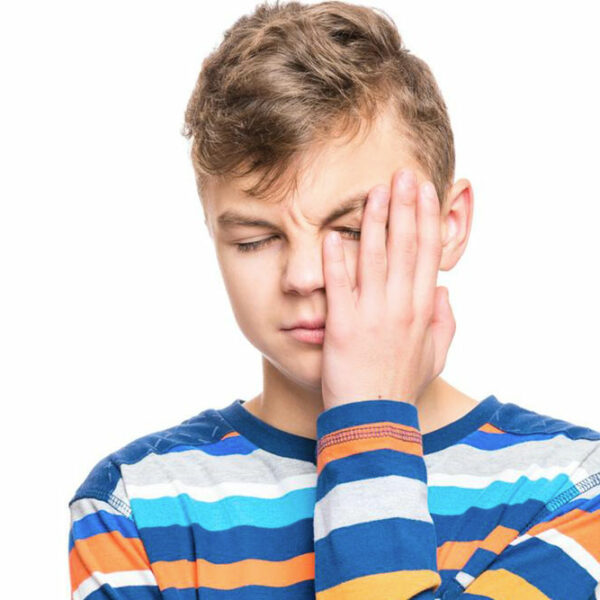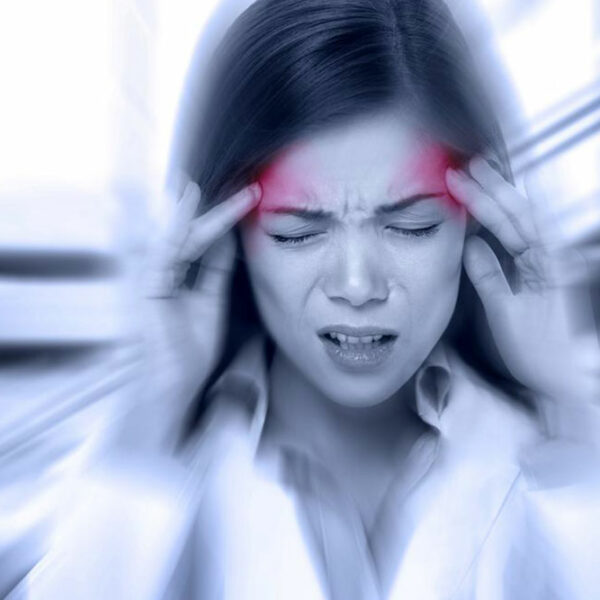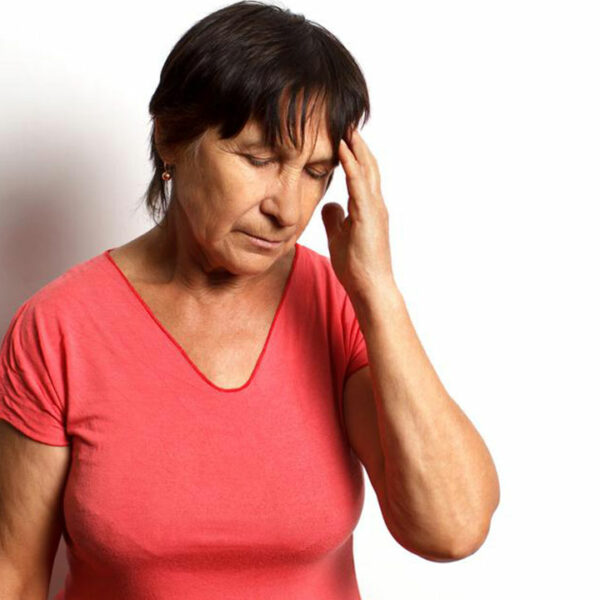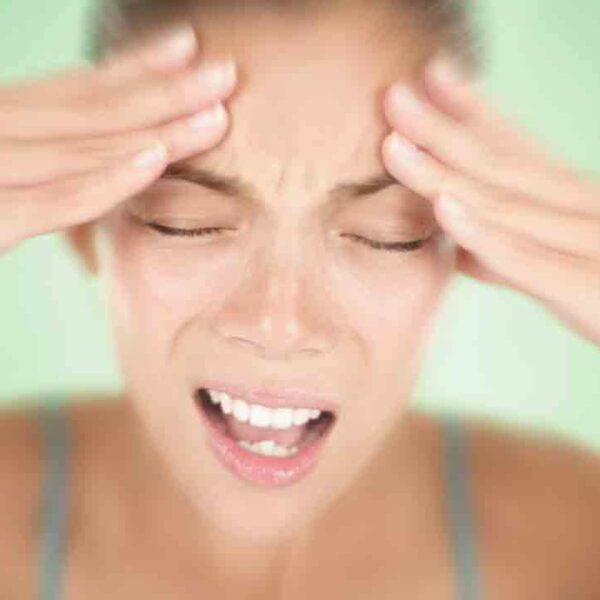
Natural cures for migraine
Headaches especially migraines are one of the most common ailments that plague people all over the world. Although you have umpteen options to treat migraines, natural remedies have been found to work miracles and are regarded as perfectly safe for the same too. There are quite a lot of reasons why people prefer natural cures compared to medications. Benefits of curing migraine naturally • Prescribed medications have a number of adverse effects. • A lot of OTC medicines can interfere with other pills that the person is already taking for other ailments. • Not everybody finds OTC medicines effective for treating migraines. • These drugs that are prescribed can be quite expensive. • Natural remedies have various compounds that are found to work wonders in alleviating migraine symptoms. This makes natural products much more suitable for treating headaches and migraines. Go ahead and find out more about these simple home cures that can treat your migraine headaches. Ice Packs: This is one of the most popular home cures for migraines. You can get these ice wraps at all medical shops and they are quite cheap too. They are found to work wonders for relaxing your body and augmenting the flow of blood.









